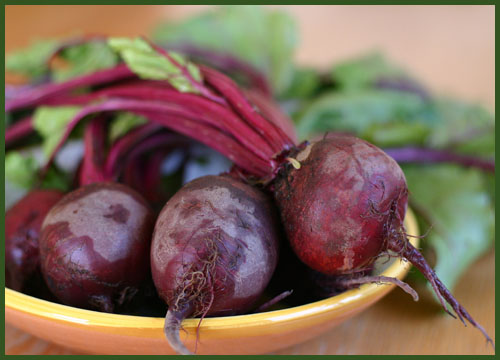 You may have heard about the decreasing number of honeybees
and other beneficial insects, but did you know that scientists have recently
linked their health issues and deaths to neonicotinoids? Neonicotinoids (or
neonics, for short) are “a class of neuro-active insecticides chemically
similar to nicotine.”[1] Neonics act in a different way than
other insecticides in that they are “applied to the soil or doused on seeds…
[and then] incorporate themselves into the plant’s tissues, turning the plant
itself into a tiny poison factory emitting toxin from its roots, leaves, stems,
pollen, and nectar.”[2] So when a
bee, butterfly, or other insect pollinator goes looking for nectar in plants
that have been sprayed with neonics, they get pesticides as well. But bees and
insects aren’t the only ones affected by neonics. Birds are also at risk from
eating seeds, and reptiles have declined as well due to their prey (insects)
becoming scarcer.
You may have heard about the decreasing number of honeybees
and other beneficial insects, but did you know that scientists have recently
linked their health issues and deaths to neonicotinoids? Neonicotinoids (or
neonics, for short) are “a class of neuro-active insecticides chemically
similar to nicotine.”[1] Neonics act in a different way than
other insecticides in that they are “applied to the soil or doused on seeds…
[and then] incorporate themselves into the plant’s tissues, turning the plant
itself into a tiny poison factory emitting toxin from its roots, leaves, stems,
pollen, and nectar.”[2] So when a
bee, butterfly, or other insect pollinator goes looking for nectar in plants
that have been sprayed with neonics, they get pesticides as well. But bees and
insects aren’t the only ones affected by neonics. Birds are also at risk from
eating seeds, and reptiles have declined as well due to their prey (insects)
becoming scarcer.
A group of scientists involved in the International Union
for Conservation of Nature (IUCN) recently evaluated 800 peer-reviewed reports
of neonicotinoids and wrote a report called the Worldwide Integrated
Assessment. It is this report that concluded that neonics do in fact cause
serious risks. One of the leading authors of the Worldwide Integrated
Assessment, Dr. Jean-Marc Bonmatin, said in a statement that “[t]he evidence is
very clear. We are witnessing a
threat to the productivity of our natural and farmed environment equivalent to
that posed by organophosphates or DDT.” He added that,”[f]ar from protecting
food production, the use of neonics is threatening the very infrastructure
which enables it, imperilling the pollinators, habitat engineers and natural
pest controllers at the heart of a functioning ecosystem.”[3]
 Last year, the European Union
issued a two-year ban on three neonicotinoids (clothianidin, imidacloprid, and
thiametoxam), but the U.S.’s Environmental Protection Agency is still not
banning or restricting their use. The agency claims that it is still
reevaluating the insecticides, despite the fact that many environmental groups
have called for an immediate ban and that the approval of neonicotinoids in the
first place has been criticized.
Last year, the European Union
issued a two-year ban on three neonicotinoids (clothianidin, imidacloprid, and
thiametoxam), but the U.S.’s Environmental Protection Agency is still not
banning or restricting their use. The agency claims that it is still
reevaluating the insecticides, despite the fact that many environmental groups
have called for an immediate ban and that the approval of neonicotinoids in the
first place has been criticized.
Interestingly, the Fish and
Wildlife Services has recently
planned “to eliminate neonicotinoid insecticides in wildlife refuges in the
Pacific Region, citing adverse affects [sic] on non-target as a top concern.”[4]
We can only hope that other government agencies will take a cue from the EU and
the Fish and Wildlife Services in banning these harmful poisons and, in turn,
protecting insect and animal life.
[1]
Wikipedia page: Neonicotinoid.
<http://en.wikipedia.org/wiki/Neonicotinoid#Links_to_decline_in_bee_population>
[2]
Gertsberg D. “Study Says Science on Neonics is Conclusive.” GMO Journal: Food
Safety Politics. July 17, 2014.
<http://gmo-journal.com/2014/07/17/study-says-science-on-neonics-is-conclusive/?utm_source=GMO+Journal+Newsletter&utm_medium=email&utm_campaign=cc693c9ce1-RSS_EMAIL_CAMPAIGN&utm_term=0_4298a8b11c-cc693c9ce1-64670009>
[3] Id.
[4] Id.



